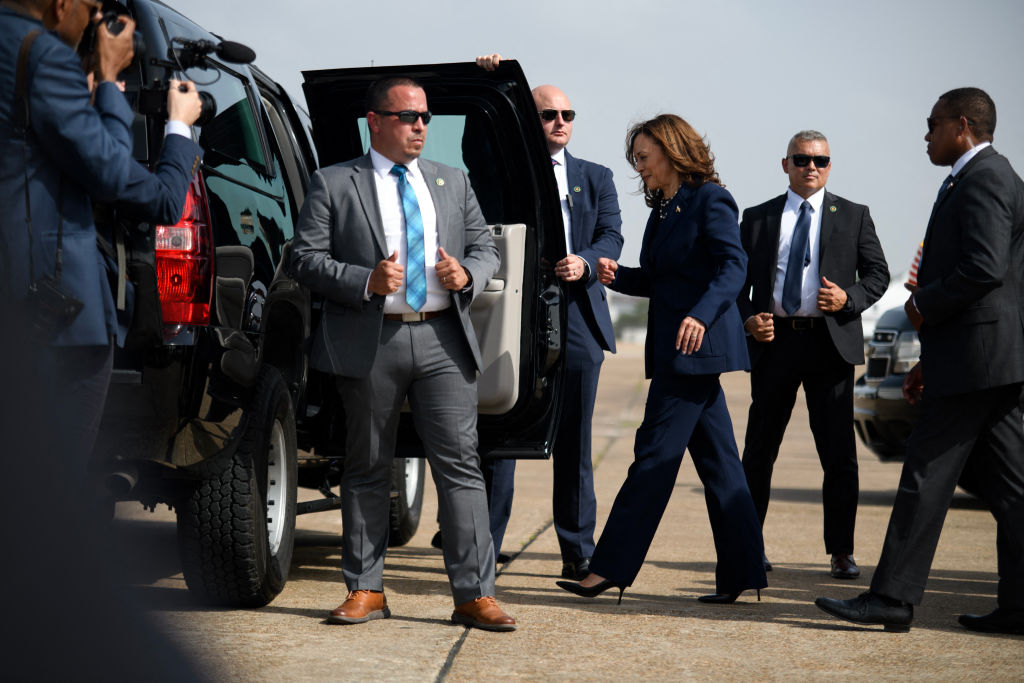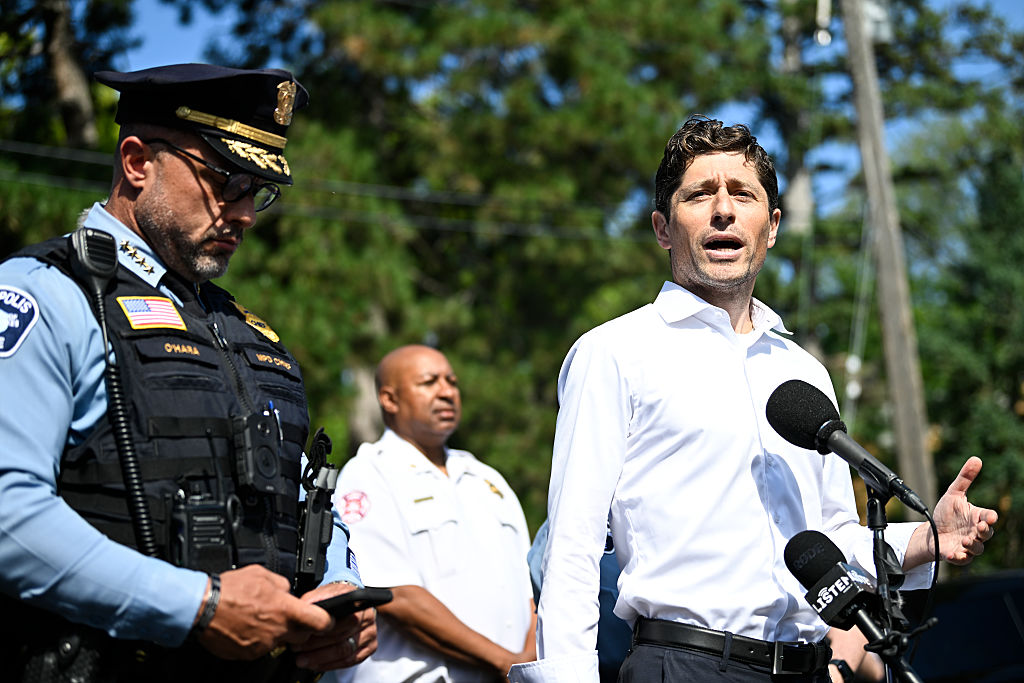I served nearly a decade on Secret Service protective details. That included guarding the lives of President Bush and Obama as well as former presidents Clinton, Ford and Carter. From that vantage point, President Trump’s decision to end protection for former Vice President Kamala Harris is notable but not shocking. It returns her status to what the law sets as the default and reflects how the protective mission is managed in practice.
Federal law provides former vice presidents with Secret Service protection for six months after they leave office. After that window, the Secretary of Homeland Security can authorize temporary protection if conditions warrant it. That is the baseline professionals in the field plan around.
In Harris’s case, coverage continued beyond six months because it had been extended. The new directive ends that extra period on September 1, 2025, which brings her back to the legal default rather than cutting short a statutory entitlement. That distinction matters when judging the decision.
In recent years, the Secret Service has faced mounting strain as the number of protectees has grown well beyond historical norms. Political polarization, heightened threats against public officials and extended protection for family members have all expanded the agency’s protective footprint. This increase has stretched manpower, required more overtime and limited resources available for investigative and training functions. Agents are often diverted from traditional missions such as financial crimes or cyber investigations, underscoring how expanded protection has reshaped the Service’s overall capacity.
What the headlines rarely capture is the operational math. Each protectee requires advance teams, site surveys, command posts, communications, motorcades and constant coordination with local police. Resources are not unlimited. Returning to the statutory baseline is one way leaders preserve depth on the missions that matter most.
Extension decisions are always situational. Threat environment, travel profile and public visibility all factor in. I have seen extensions granted when the indicators supported it and I have seen details ramp down when risk normalized. The goal is not politics. It is matching coverage to credible risk while meeting other mandates.
Ending federal coverage does not mean someone is unprotected. Private security teams can deliver close protection, advance work, and threat monitoring scaled to a private citizen’s life. The best of these firms coordinate with local law enforcement and follow many of the same protective principles we used in government. It is not identical to a federal detail, but it can be highly effective.
One other point from inside the system. If a threat picture changes, the statute allows temporary protection to resume. That backstop exists so the government can surge again if the indicators justify it. The Service and DHS track those indicators even when a formal detail is not in place.
So how should readers interpret this moment? Harris received more than the baseline. The decision to end that extra period falls within established authority and longstanding practice. It may be contentious in the political arena, but from a protective operations standpoint it is a defensible call grounded in statute, precedent and resource stewardship.
The guidance is simple. Keep a professional security team in place, keep the threat assessment current, and keep communication lines open with local partners. That is how you stay both safe and practical once the federal detail steps back.
Kamala doesn’t deserve Secret Service detail
Harris received more than the baseline

Secret Service open the door for US Vice President and 2024 Democratic presidential candidate Kamala Harris. (Getty)
I served nearly a decade on Secret Service protective details. That included guarding the lives of President Bush and Obama as well as former presidents Clinton, Ford and Carter. From that vantage point, President Trump’s decision to end protection for former Vice President Kamala Harris is notable but not shocking. It returns her status to what the law sets as the default and reflects how the protective mission is managed in practice. Federal law provides former vice presidents with Secret Service protection for six months after they leave office. After that window, the Secretary of…

























Leave a Reply